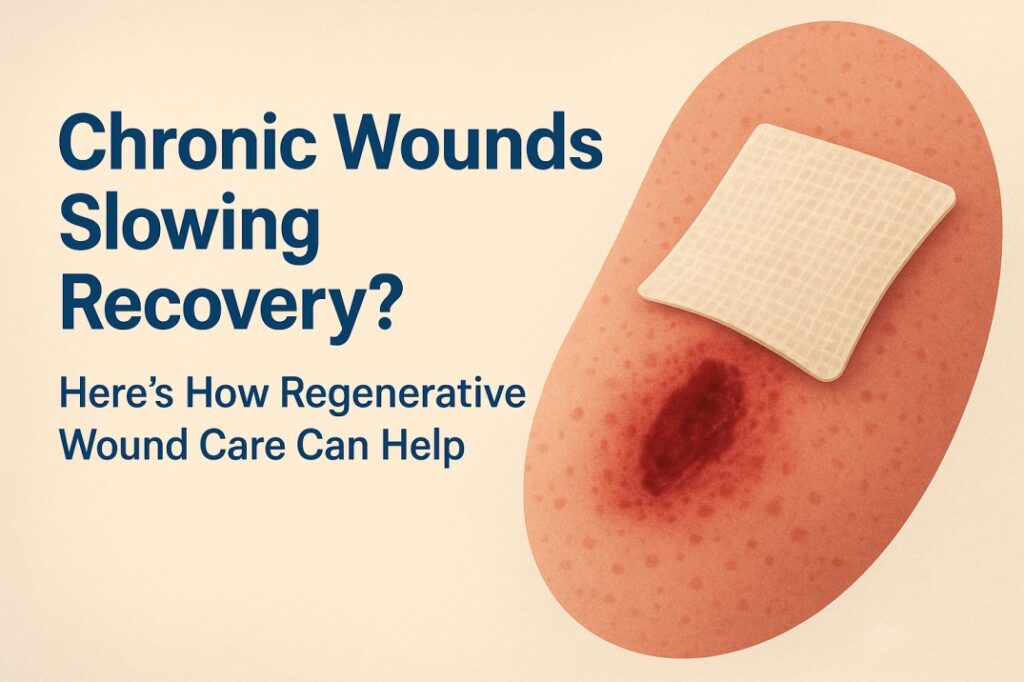If you’ve ever experienced unexplained jaw pain, clicking sounds while chewing, or difficulty opening your mouth wide, you may have been told it’s related to TMJ (temporomandibular joint) dysfunction. But how do professionals identify TMJ disorders early and accurately? One surprisingly effective method is the 3 finger test.
So, what is the 3 finger test for TMJ? This simple diagnostic tool is gaining recognition among orthodontists for its efficiency and reliability. In this article, we’ll explore what the test entails, how it helps in diagnosis, its benefits, and what patients can expect during and after the assessment.
What is TMJ and Why is Diagnosis Important?
The temporomandibular joint connects your jawbone to your skull and is responsible for essential movements like talking, chewing, and yawning. TMJ disorders (also called TMD) can cause a range of symptoms—from minor discomfort to debilitating pain.
Early and accurate diagnosis is crucial to:
-
Prevent chronic pain.
-
Minimize damage to the jaw joint.
-
Improve oral function.
-
Avoid unnecessary procedures.
That’s where the 3 finger test comes in—a quick and accessible way for professionals to assess potential TMJ dysfunction.
What is the 3 Finger Test for TMJ?
The 3 finger test is a basic physical assessment used by orthodontists and TMJ specialists to evaluate jaw mobility and function.
How It’s Done:
-
Patient places their index, middle, and ring finger vertically (side by side) together.
-
They try to insert these three fingers into their mouth between the upper and lower front teeth.
If the patient can comfortably fit all three fingers:
-
The jaw opening is considered within normal range.
If not: -
It may indicate restricted jaw movement, a common sign of TMJ disorder.
Why 3 Fingers?
Three fingers represent an average jaw opening of about 35–50mm, which is typical for healthy joint function.
The Orthodontic Perspective: Why Experts Trust It
Orthodontists often see patients with misaligned bites or jaw pain. Because the 3 finger test is non-invasive and requires no equipment, it becomes an ideal first-line screening tool.
Benefits of the Test:
-
Quick and Cost-Effective: Can be performed chair-side without machines.
-
Patient-Friendly: Non-threatening and easy to understand.
-
Reliable Indicator: Helps identify jaw dysfunction in early stages.
-
Supports Clinical Judgement: Can confirm suspicions based on history and other symptoms.
Symptoms That May Trigger the 3 Finger Test
Orthodontists may perform the test if you present with any of the following:
-
Difficulty opening the mouth fully
-
Clicking, popping, or grinding noises from the jaw
-
Chronic headaches or earaches
-
Pain while chewing or talking
-
Jaw locking or muscle fatigue
-
Changes in bite or alignment
Common Causes of TMJ Disorders
Understanding the root cause of TMJ issues helps tailor treatment. Common causes include:
-
Teeth grinding (bruxism)
-
Arthritis in the jaw
-
Jaw injury or trauma
-
Poor bite alignment
-
Stress-induced muscle tension
-
Excessive gum chewing or nail biting
What Happens After a Failed 3 Finger Test?
If you can’t pass the test, don’t panic—it’s just the starting point for further evaluation. Your orthodontist may proceed with:
-
Physical examination of the jaw and facial muscles
-
Imaging tests like panoramic X-rays or MRIs
-
Bite analysis using digital tools
-
Referral to a TMJ specialist or physiotherapist
Treatment Options for TMJ Dysfunction
Once a diagnosis is confirmed, the goal is to relieve pain and restore function. Treatments may include:
1. Orthodontic Adjustments
Correcting bite misalignment can significantly reduce stress on the jaw joint.
2. Splints or Mouthguards
Custom-made devices prevent teeth grinding and ease pressure on the joint.
3. Physical Therapy
Targeted exercises help strengthen jaw muscles and improve mobility.
4. Medications
Anti-inflammatories, muscle relaxants, or even Botox can reduce pain and spasms.
5. Lifestyle Modifications
Stress management, posture correction, and dietary changes (like softer foods) are often recommended.
Post-Diagnosis Care: What Patients Should Know
Early detection through the 3 finger test allows for conservative treatments and better outcomes. However, post-diagnosis care is just as vital.
Tips for Long-Term TMJ Health:
-
Avoid chewing gum or hard foods.
-
Practice jaw relaxation exercises.
-
Stick to prescribed splints or retainers.
-
Follow up with regular checkups.
-
Use heat or cold packs for flare-ups.
-
Address stress through mindfulness or therapy.
FAQs About the 3 Finger Test for TMJ
Q1: What is the 3 finger test for TMJ?
A1: It’s a simple way to assess jaw opening. If you can fit three vertical fingers into your mouth comfortably, your jaw movement is likely normal. Difficulty may indicate TMJ issues.
Q2: Can I do the test at home?
A2: Yes, but interpretation should be left to professionals. It’s a screening tool, not a definitive diagnosis.
Q3: What if I can only fit two fingers?
A3: That may suggest limited jaw mobility. Consult your orthodontist for further evaluation.
Q4: Is the test painful?
A4: No. It’s non-invasive and shouldn’t hurt. If it does, inform your provider.
Conclusion: Simple Yet Powerful
So, what is the 3 finger test for TMJ? It’s a straightforward yet impactful method that helps orthodontists detect early signs of TMJ dysfunction. Trusted for its ease, accuracy, and patient comfort, it serves as a vital tool in modern orthodontic care.
Whether you’re experiencing jaw discomfort or just curious about your oral health, this test could be the first step toward a pain-free future. Trust the process, listen to your body, and seek expert advice—because your smile (and jaw) deserves it.









